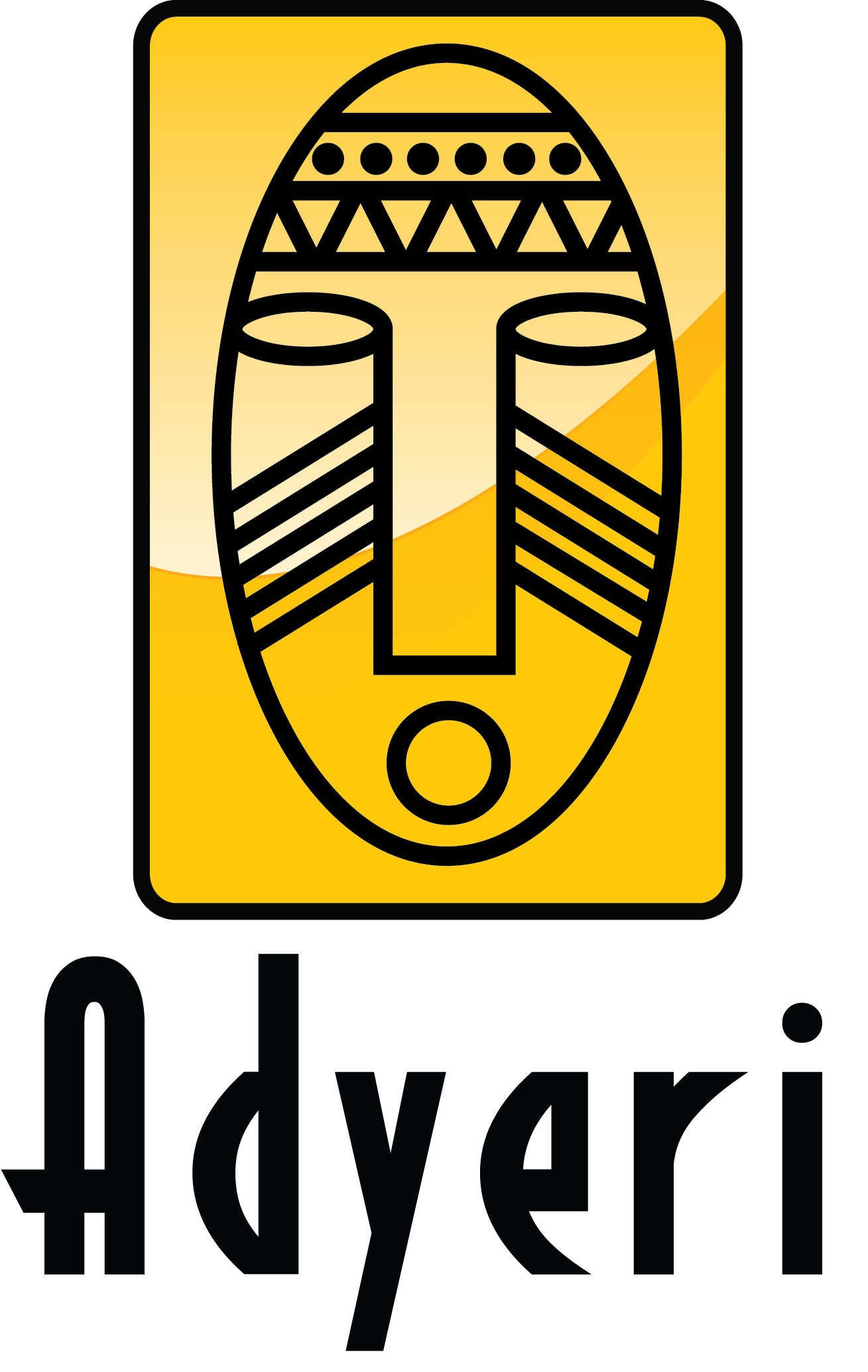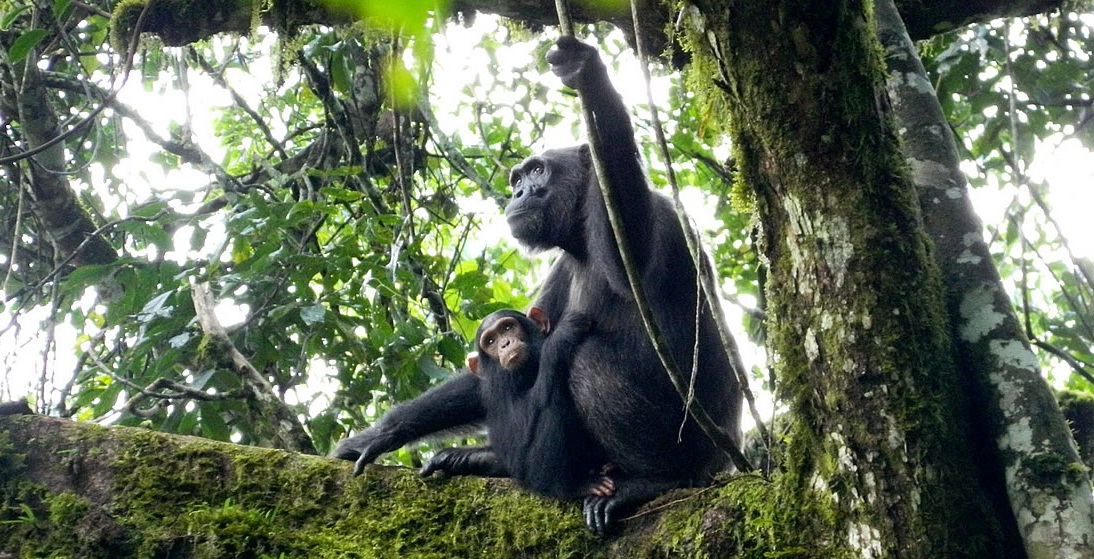Uganda Safari
Although it’s contiguous with Queen Elizabeth National park to the south west, the 766 square kilometer Kibale National Park is much wetter and contains a unique moist forest habitat with an extremely high diversity of wildlife and flora.Gazetted in October 1993, Kibale contains what is probably the most accessible of the country’s large forests.
Kibale National Park
About
Although it’s contiguous with Queen Elizabeth National park to the south west, the 766 square kilometer Kibale National Park is much wetter and contains a unique moist forest habitat with an extremely high diversity of wildlife and flora.
Gazetted in October 1993, Kibale contains what is probably the most accessible of the country’s large forests.
The Park includes what used to be the Kibale Forest Corridor Game Reserve, established in 1964 to allow additional habitat for the then large herds of wildlife in Queen Elizabeth National Park. It also served as an important stop to the migratory routes to game reserves and Murchison Falls National Park further north for the huge herds of elephants that once roamed Uganda’s western frontier.
The altitude ranges from 1590 meters in the north to 1110 in the south, and to a large degree is responsible for the differing vegetation within the park. It is a medium altitude transitional moist ever green forest occurring at elevations between montane forest and mixed tropical deciduous forest.
Getting there
Kanyanchu, where the park’s visitor centre is located is 35 kilometers south of Fort Portal, 357 Kilometers from Kampala and six Kilometers north of Bigodi village.
When to go
Kibale National Park can be visited at any time of the year, but expect cool nights particularly during the rainy seasons of April-May and October-November.
Where to stay
A wide range of accommodation options exist ranging from budget to luxurious accommodation. Crater Safari Lodge and Kibale Safari Lodge are some of the accommodation facilities on offer at the park.
Sightseeing
From Fort Portal head north east on the Lugard road, turning right on Kamwenge road immediately before you cross over the Mpanga river. The Kamwenge Road follows the river in an easterly direction from a short stretch before it dips sharply south. About 35 kiolmeters from Fort Portal, after crossing through a section of Kibale National park, you arrive at the Kanyanchu Visitor Centre.
From Kanyanchu guided walks can be arranged along well marked tracks in search of many types of primates found there including chimpanzees. The walks last anywhere between two to three hours.
The primates of Kibale have been the object of much research with the forest supporting the highest number of primates in Uganda and one of the highest primate densities in the world. There are twelve species of primates of which three are nocturnal. Red colobus monkeys, as well as the white and black colobus can be found at the park. The red colobus monkey is a rare species in Uganda and is exclusively found in Kibale National Park where it exists at very high density and can usually be seen of the forest walk from Kanyanchu. Guenon’s present include red tailed, blue and L’Hoest’s monkeys with the red tailed most commonly seen in Kanyanchu area. L’Hoest’s monkeys are mainly seen along the Kibale main road.
The most anticipated sighting by visitors to the park however is the chimpanzee. Several communities of the fascinating primates have been habituated and can often be seen.
The park also supports a huge diversity of other wildlife including bushbuck, red duiker, blue duiker, bush pig, Civet Buffalo and giant forest hog.
About 325 species of birds are reported in Kibale, a number of which are endemic. In addition there are more than 144 species of butterflies and a large number of moths and insects.



